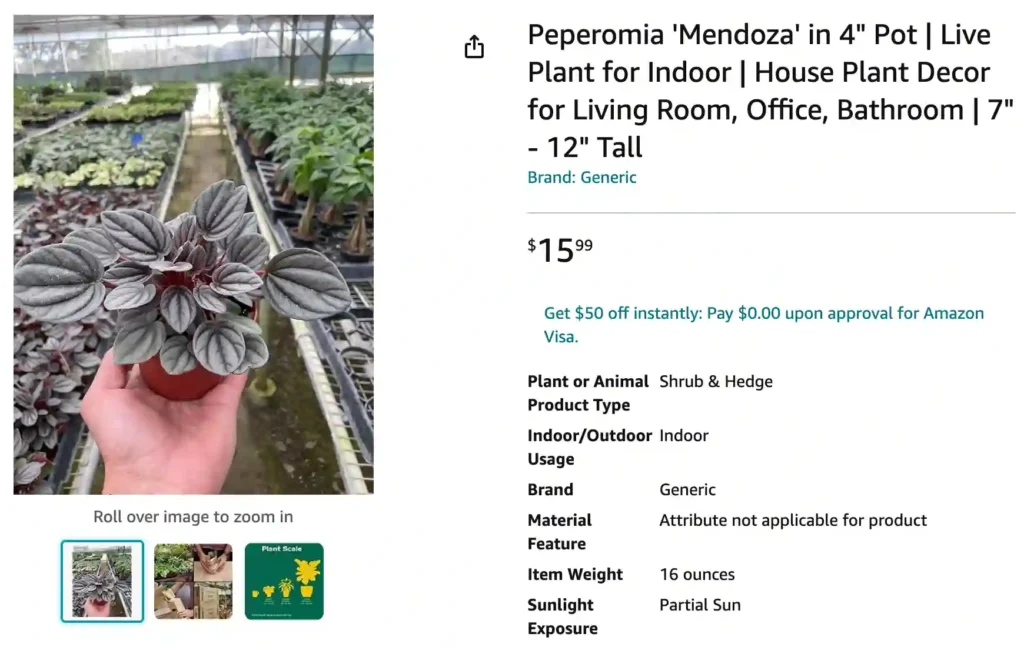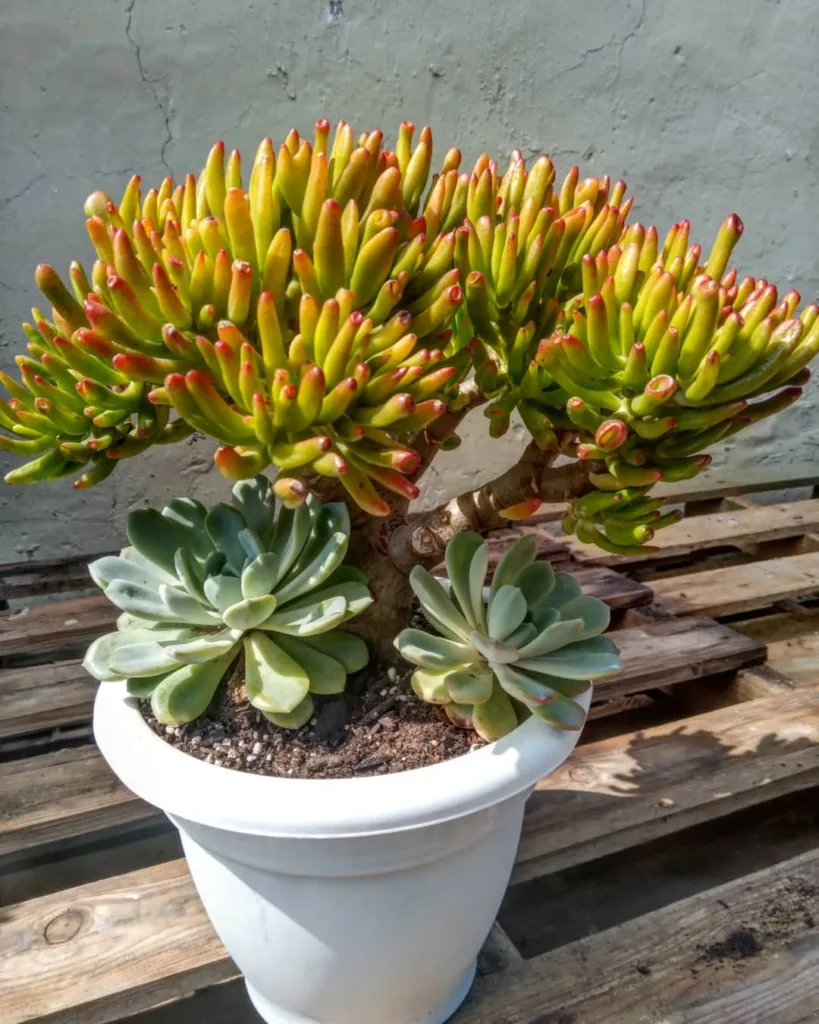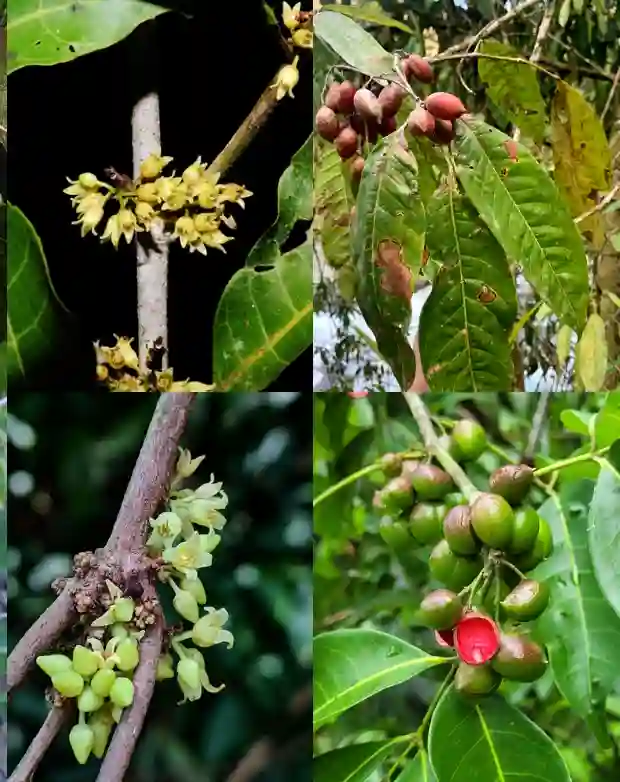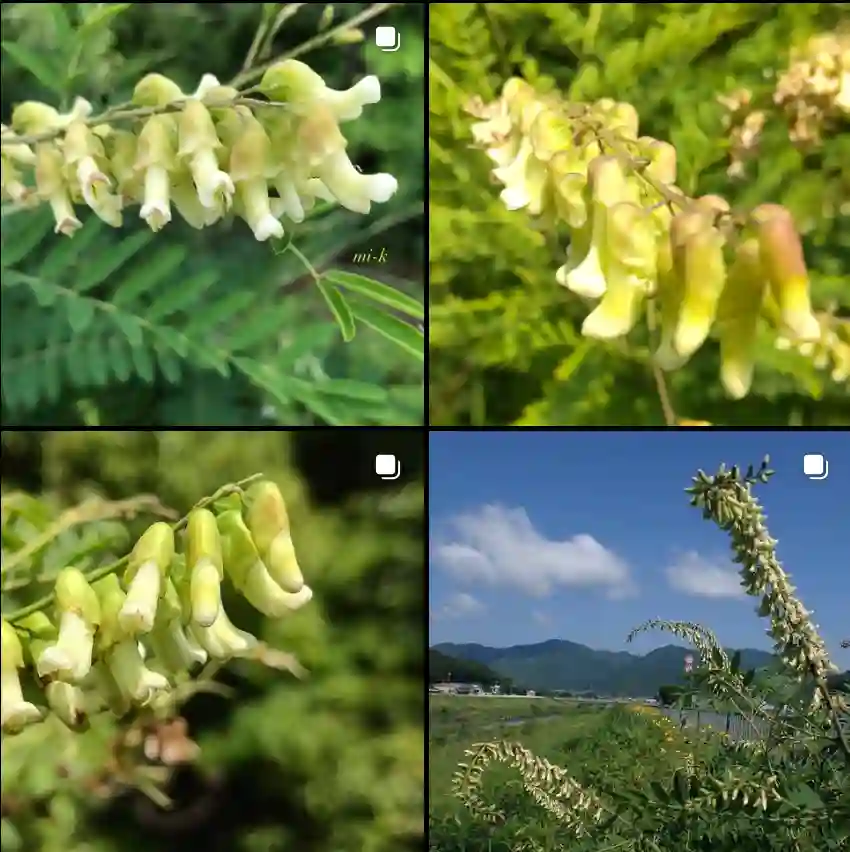
Peperomia Mendoza: Your Guide to This Charming Little Plant
Hi everyone, Ferb Vu here! Today, I want to delve into the wonderful world of Peperomia Mendoza, a captivating little plant that has stolen a place in many hearts (and windowsills).
Over the years, I’ve fielded a bunch of questions about this unique plant, and I figured it would be best to address them all in one comprehensive FAQ. So, whether you’re a seasoned plant parent or a curious newcomer, this guide is for you!
1424 Species in Genus Peperomia
What is Peperomia Mendoza?
Peperomia Mendoza is a captivating member of the Peperomia genus, known for its compact size, delightfully plump leaves, and captivating patterns. Native to the tropical regions of South America, it thrives in warm, humid environments.
This little wonder typically grows to about 8-12 inches tall, making it a perfect choice for apartments, offices, or anywhere you need a touch of greenery without sacrificing space.
Peperomia Mendoza vs. Other Peperomia Varieties
There are over 1,000 Peperomia varieties out there, each with its own unique charm. Here’s a quick comparison of Peperomia Mendoza with some popular cousins:
- Peperomia Obtusifolia (Baby Rubber Plant): Both Mendoza and Obtusifolia boast glossy, succulent leaves. However, Obtusifolia has larger, oval-shaped leaves, while Mendoza’s are smaller and rounder. Obtusifolia can also reach up to 2 feet tall.
- Peperomia Watermelon: True to its name, the Watermelon Peperomia features stunning variegated leaves with green and silver stripes, resembling a watermelon rind. Mendoza, on the other hand, has solid green leaves with subtle geometric patterns.
- Peperomia Pepperspot: This quirky variety has tiny, round leaves with distinctive red spots, adding a playful touch to any space. Mendoza’s leaves are larger and boast a more geometric pattern.
How to care for Peperomia Mendoza?
Taking care of your Peperomia Mendoza is a breeze! Here’s what you need to know:
- Light: Mendoza prefers bright, indirect light. Avoid harsh midday sun, which can scorch the leaves.
- Water: Don’t overwater! Allow the soil to dry slightly between waterings. Overwatering is a common culprit for Peperomia problems.
- Soil: A well-draining potting mix is crucial. Opt for a blend specifically designed for succulents or cacti.
- Humidity: Peperomia Mendoza enjoys moderate humidity levels. If the air is dry, consider using a humidifier or grouping your plants together to increase humidity.
- Fertilizer: During the growing season (spring and summer), a diluted liquid fertilizer once a month can be beneficial. However, less is always more when it comes to fertilizing Peperomia.
Common Peperomia Mendoza Problems
While generally a low-maintenance plant, here are a couple of potential issues to watch out for:
- Leaf droop: This can be a sign of overwatering. Reduce watering frequency and allow the soil to dry completely between waterings.
- Brown spots on leaves: Excess sunlight or underwatering can cause these. Adjust the light and watering schedule accordingly.
- Mealybugs: These tiny, white insects can infest your plant. If spotted, isolate the plant and treat it with insecticidal soap or neem oil.
Can Peperomia Mendoza Be Propagated?
Absolutely! Propagating your Peperomia Mendoza is a rewarding way to expand your collection or share the plant with friends. Here are two common methods:
- Leaf cuttings: Take a healthy leaf, remove the bottom petiole (stalk), and plant it in a pot with moist potting mix. Keep the soil moist and provide indirect light. New growth should emerge in a few weeks.
- Stem cuttings: Cut a healthy stem with a few leaves attached. Plant it in a pot with moist potting mix, similar to the leaf cutting method.
Conclusion: Bringing Peperomia Mendoza into Your Life
Peperomia Mendoza is a delightful little plant that adds a touch of charm and greenery to any space. With its easy-going nature and captivating looks, it’s a perfect choice for plant enthusiasts of all levels. So, why not give Peperomia Mendoza a try? You might just find yourself falling in love with its subtle beauty.
If i die, water my plants!



